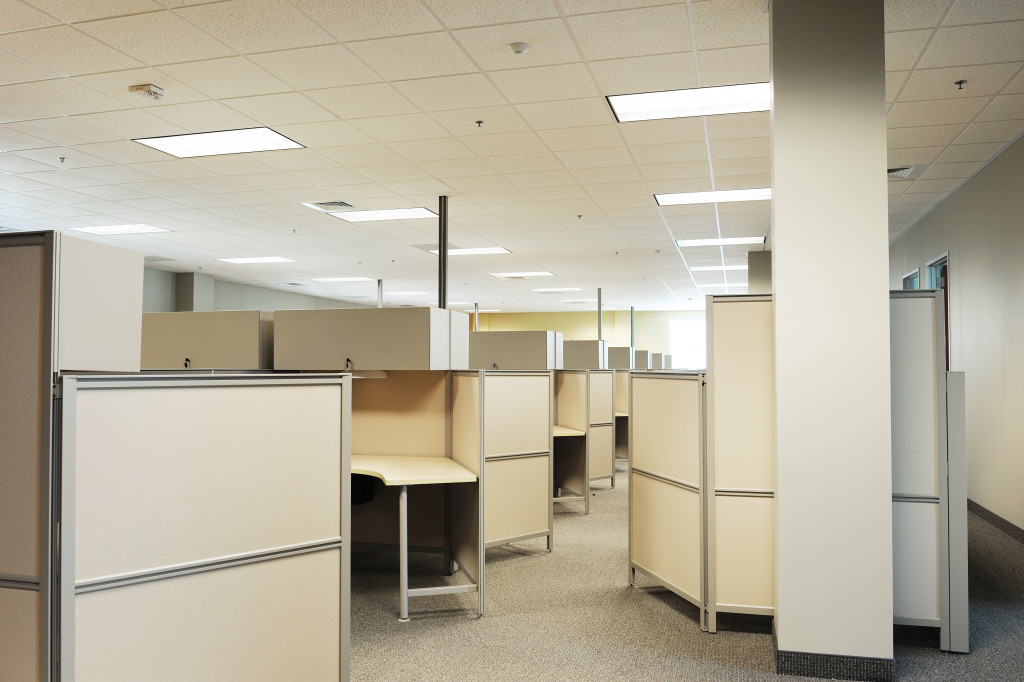• Choose a suitable office layout for your space, considering private offices, cubicles, or partitioned workstations.
• Assess your energy consumption levels using an EPC to ensure you are ordering energy-efficient technology.
• Incorporate elements into your workspace that will help increase productivity, such as break rooms, designated collaboration spaces, and ergonomic furniture.
• Ensure your office is accessible by conducting an independent audit to identify areas that need improvement for disability access.
When building a new office structure, there are many important factors to consider. From the layout of your space to the technology you need, a lot goes into creating an efficient and comfortable work environment. What’s more, understanding the needs of your employees is essential to create an office design that will help them perform their best. Read on to learn what you should know when building a new office structure for your business.
1. Choose the Right Office Layout
The first step in building your dream office is choosing the suitable layout for your space. This can include everything from how many open workspaces you will have to how much storage space you need and even how much conference room space should be allocated.
Private Spaces
Generally, having private offices for key personnel and open workspace areas for most staff members is recommended. Because not everyone will need to be in the same office, it is essential to consider creating private spaces that accommodate both individuals and small groups.
Partitions and Cubicles
Additionally, some businesses may opt for cubicles or partitioned workstations if they need more individualized spaces while allowing team collaboration. This type of setup can provide your staff’s privacy while still allowing for collaboration. But be sure to keep these walls low enough that noise levels and distractions remain minimal.

2. Consider Your Technology Needs
Once you have determined the layout of your office space, it’s time to consider what type of technology you will need to make your work environment functional. This includes everything from computers and printers to phones and fax machines—whatever it takes to keep your business running smoothly daily.
But to maximize your profitability, you want to keep your energy costs low while using technology. A good way to ensure your office is always energy-efficient is by ordering an energy performance certificate (EPC) to assess your current energy consumption levels. This document will also provide recommendations to increase energy efficiency and reduce energy costs. With an EPC in hand, you can make better purchasing decisions regarding energy-efficient technology.
3. Create Spaces That Will Help Increase Productivity
Creating an efficient and comfortable workspace can also involve incorporating elements that will help increase productivity levels among employees. For example, break rooms with snacks and beverages can be great places for employees to take quick breaks during long days at work or even brainstorm with colleagues without having to leave their desks! Similarly, having designated areas where employees can collaborate on projects or take phone calls away from their desks can also be helpful when it comes to increasing overall efficiency in an office setting.
Ergonomic Furniture
One crucial element to consider when creating a comfortable workspace is ergonomic furniture. Having the proper desks, chairs, and lighting for your staff can significantly reduce fatigue and increase productivity. Look for adjustable desks that accommodate different sitting and standing positions and supportive chairs to keep employees comfortable throughout the day.
Relaxation Areas
Modern offices may even consider adding relaxation areas where employees can take a break and de-stress during work hours. These areas can be equipped with comfortable couches, audio systems, and even TVs where staff members can take a few minutes to relax or watch their favorite show.
4. Make Sure Your Office Is Accessible
If your business is accommodating customers and staff with disabilities, it’s essential to ensure that your office is accessible. This includes providing wheelchair ramps and wider doors and ensuring every area within the office is safe and easy to navigate. Many businesses also now offer silent spaces to employees or customers with sensory needs.
One good way to make sure your office is accessible is to have an independent audit conducted. This will help you identify areas that need improvements to ensure everyone can move around safely and comfortably. You can also consult with an expert in disability access to make sure you are creating an office that is accessible to all.
Building a new office structure requires careful planning and attention to detail if you want it to be successful! Taking into account all of these considerations will ensure that you create an efficient and comfortable environment for both yourself as well as all of your employees. With these tips in mind, you’ll be well on your way toward building the office of your dreams.


